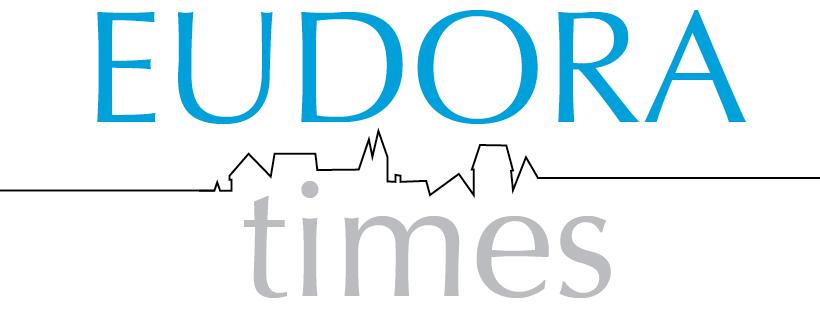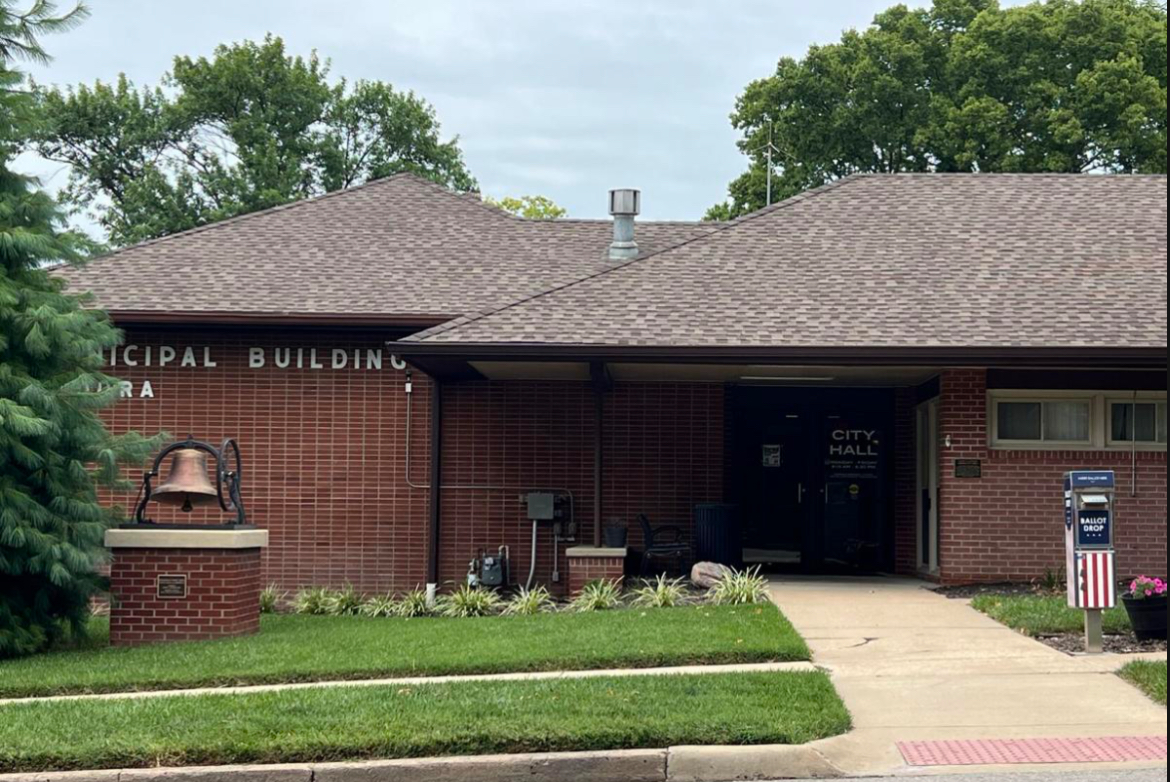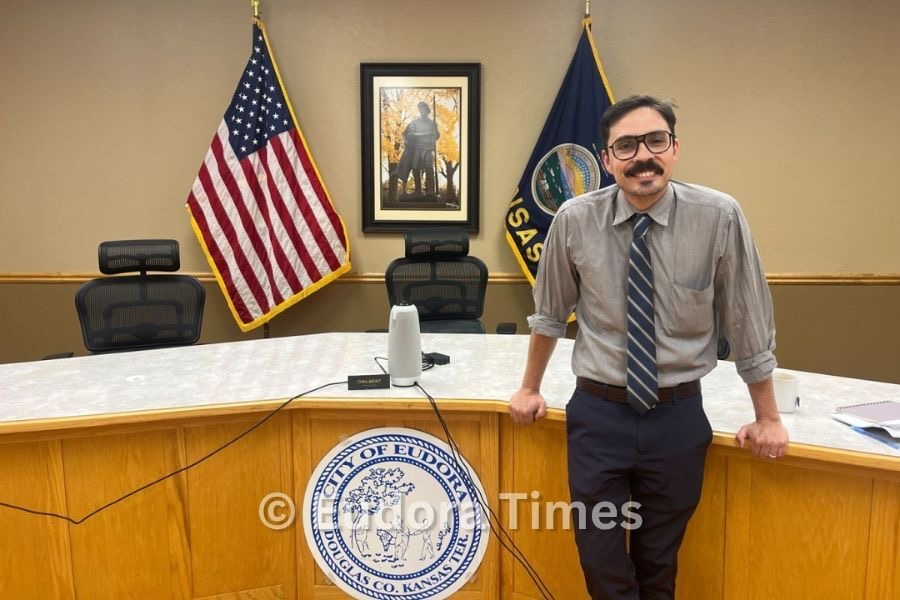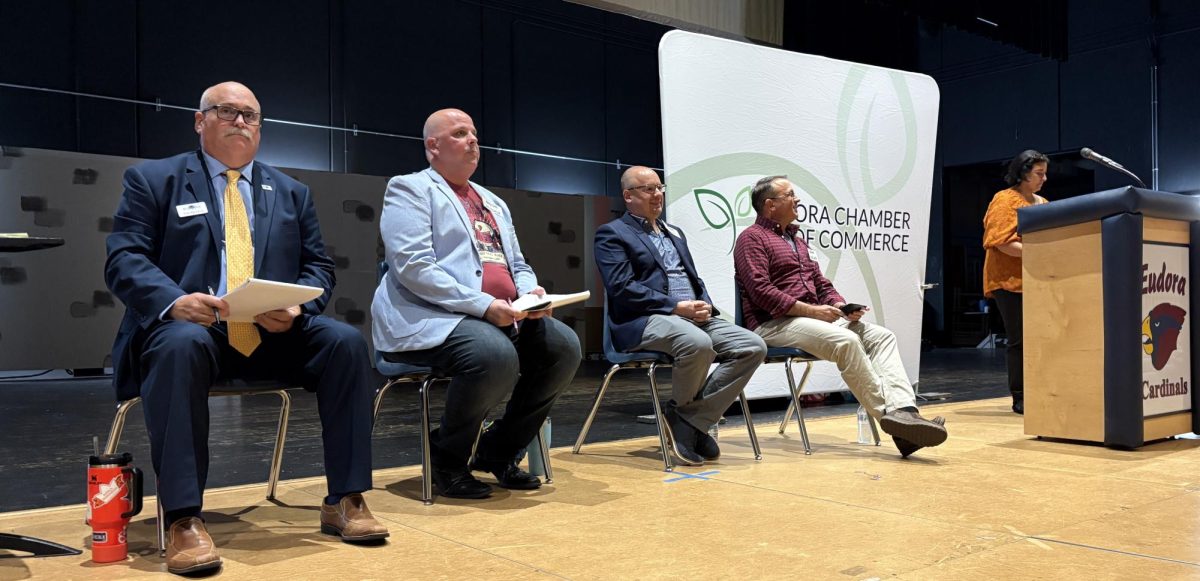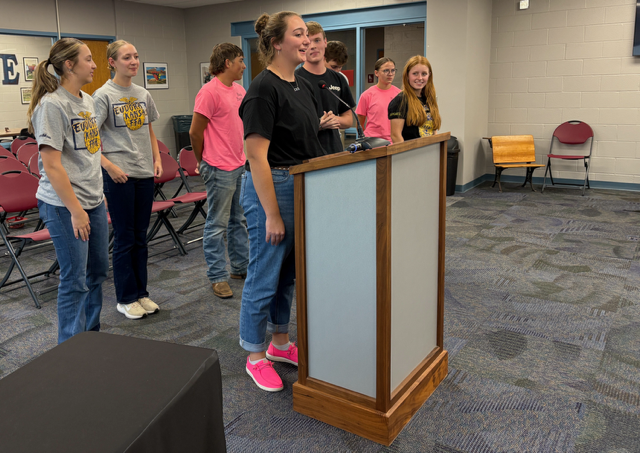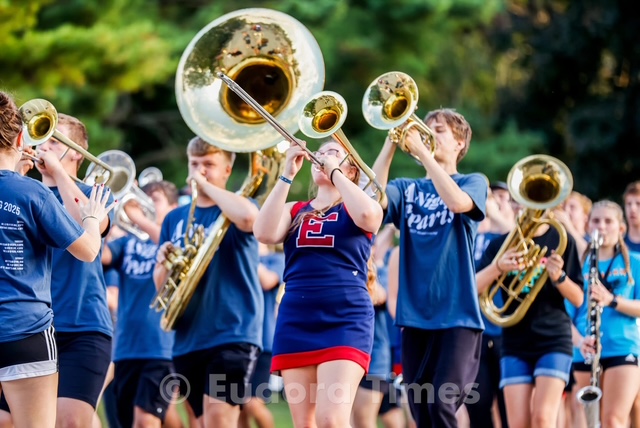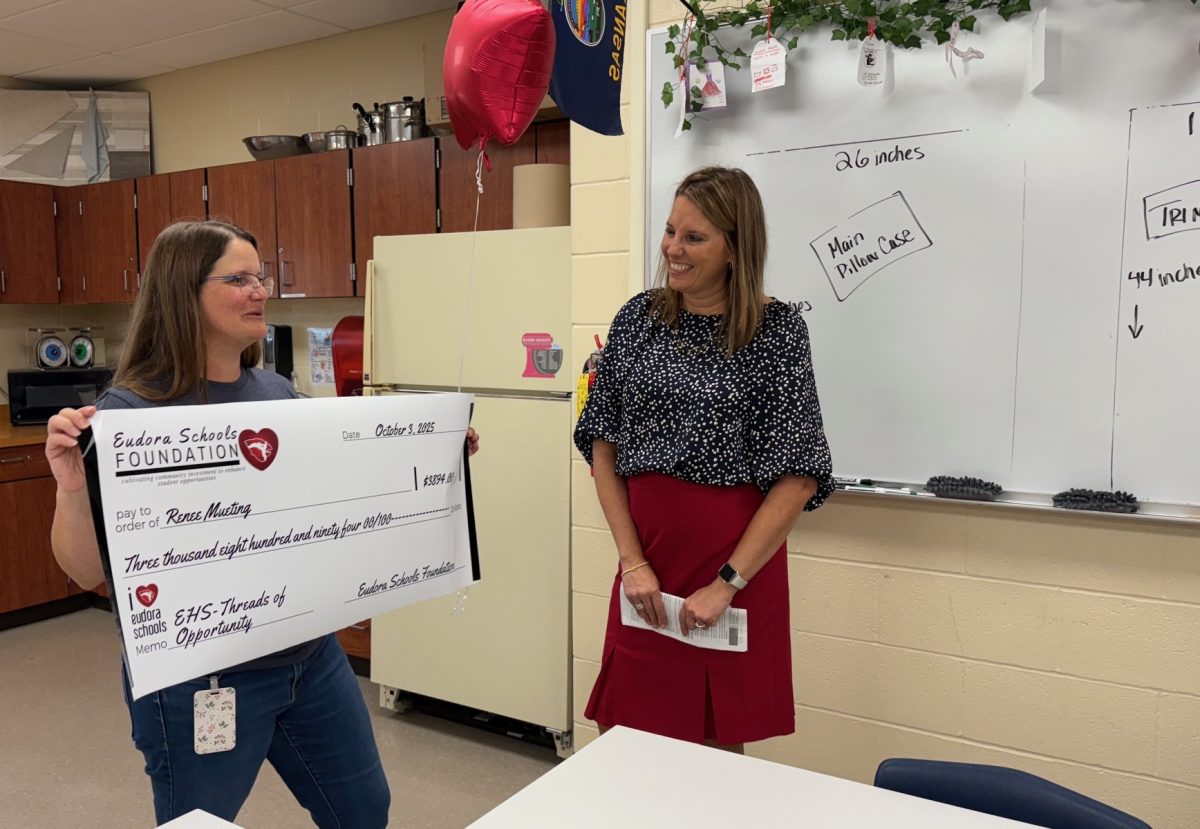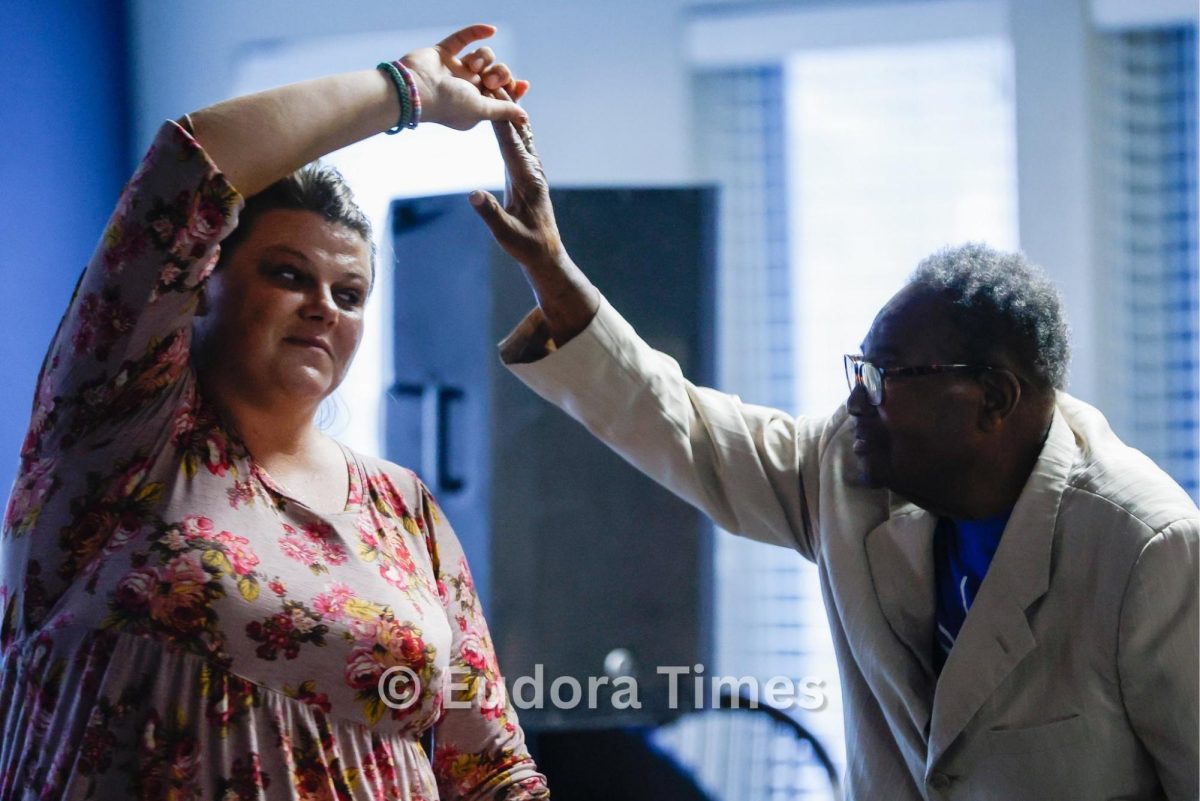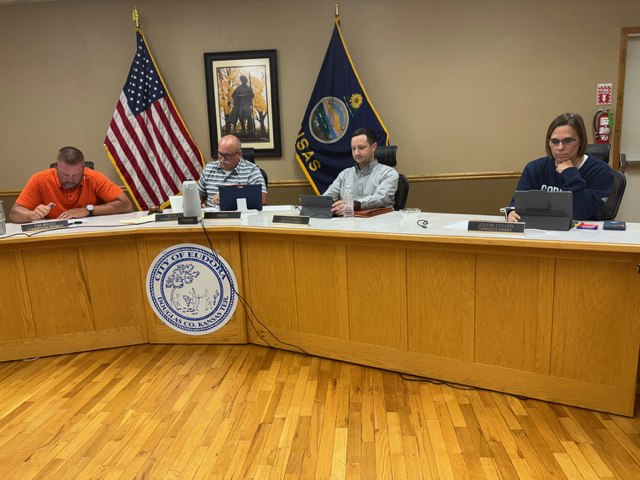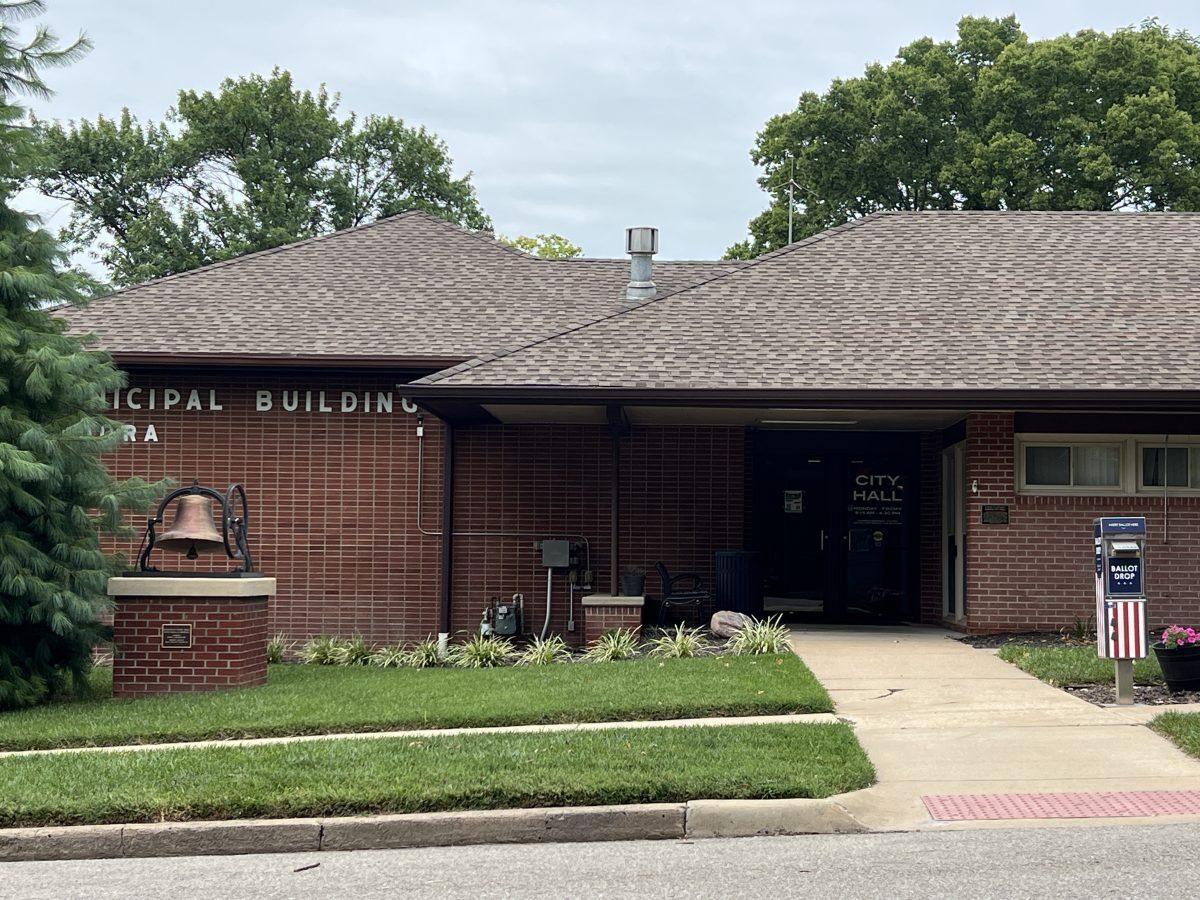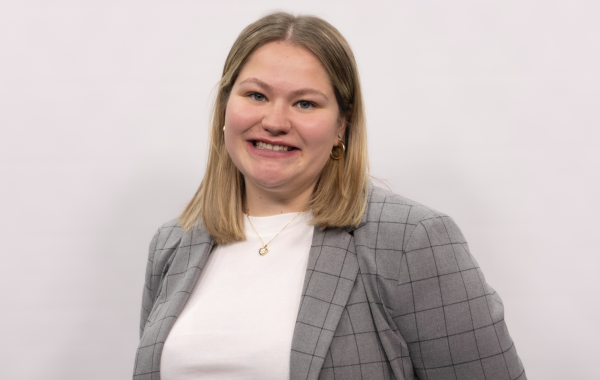A potential new policy regarding cellphone use for the whole high school was discussed at the School Board meeting Thursday night.
Principal Bill DeWitt said the policy will focus on a bell-to-bell no-phone mandate. Teachers can still allow them if explicitly stated for educational use, though. Passing period and lunch will still be free for cellphone use. Smart watches and headphones will also not be allowed during class time.
DeWitt said with the current generation’s addiction to the devices, the building wants to create an environment where teachers can take that disruption away to focus on learning.
The current policy leaves it up to teachers to create rules for phones in their classrooms. With this new policy, there will be a streamlined approach for the whole building.
“That’s not as far as it really should go, but I think that’s a good compromise to get our kids started,” DeWitt said.
For a first offense, students found to be using phones will have them confiscated by the teacher to be turned into the office for pickup at the end of the day. For a second offense, parents/guardians will be required to pick up the phone from the office.
This conversation came from a survey with staff as well as talking with DeWitt’s senior advisory students. Options were total ban, bell-to-bell or keep the current situation of teacher discretion. Most said bell-to-bell, a couple said total ban and a couple said to keep the current rules. The middle school has a total ban.
“There are some that are addicted – this will be tough,” he said.
Making a building-wide policy will make it easier to keep rules in-check and will reflect similar policies at neighboring schools, Superintendent Stu Moeckel said.
Board member Joe Hurla asked if there would be a streamlined requirement for where phones go during class time, whether each class would have a basket or would just be required to keep it out of sight. He asked if that would make enforcement difficult if there wasn’t consistency across classrooms.
DeWitt said the best thing they can do is set clear expectations and it’s his responsibility to have conversations with students and parents when continual issues exist.
Moeckel said neighboring districts have similar policies rather than start-to-finish bans.
Board member Heather Whalen said as a sub at various districts in the metro, this has been a common policy at schools across the state. She said it seems common sense and commonplace.
Board member Kelley Woods said some of the concerns she has heard are about crisis plans and needing a phone on their person rather than having to place it somewhere in a basket with the teacher
DeWitt said that was a fair point and that creating this policy has to be a compromise with students and staff.
This policy has been seen by staff, he said.
This was the first presentation to the board of this policy, which Moeckel said will be voted on in May. He recommended board members talk to their circles to hear thoughts on the policy.
DeWitt also gave an update on other happenings at the high school.
The number of students in the building is remaining pretty consistent but with a larger freshman class.
Here are the grade totals:
12th – 125
11th – 142
10th – 139
9th – 156
Incoming freshman – 123
There have been 16 out-of-district inquiries, many of which were freshmen, he said.
DeWitt also said the building is focused on raising student participation similar to that of the middle school with clubs and activities. Students participated in a survey to gauge their involvement. Out of 533 participants, 477 are involved in at least one activity, which is about 86%.
DeWitt said some of those who are not involved in an activity are involved in some kind of education program. About 52 of the the remaining 76 are in one of these tiered programs, totaling over 95%, His goal is to make that 100% next year by asking students what would get them involved and by hosting building activity fairs.
DeWitt also highlighted the importance of advisory for high schoolers. They are able to help students prepare for careers and get real-world career exploration.
He said all classes are focusing on vocabulary with their students to help with comprehension and understanding, he said. Vocabulary was an area lacking that he noticed needed further focus, he said.
He also discussed the increase of administrator walk-throughs in all classrooms, similar to what middle school Principal Jeremy Thomas discussed at the previous meeting.
The high school has also increased dual credit/college credit opportunities this year and will bring more next fall. Some examples of these types of classes are college algebra, medical aid, CNA, early childhood growth and development, Peaslee Tech apprenticeships in trades, aviation, diesel technologies and more.
In the fall, 14 students earned 45 college credits. In the spring, this increased to 50 students receiving 236 credits, DeWitt said.
Director of School Improvement Heather Hundley reminded the board of goals related to the recent adoption of the district’s strategic plan.
Some of the goals have already been met, like implementing new English/language arts resources, more training for teachers on high-quality instructional practices and evaluations of high school curriculum.
The district will continue working on more long term goals like 100% graduation rates and 100% student participation in activities.
The board also approved capacities for the nonresident student program. Numbers were presented to the board at their last meeting. Enrollment projections for existing students in the district were also shared.
Here are the enrollment projections:
Here are the capacities per grade level/school:

Moeckel said at the last meeting that he feels it would be unlikely for the district to get that max capacity of 49 new students.
If more applications are submitted than can fit into the capacity in a certain grade, out of district applicants go into a lottery-style system.
Last year the district did not have to use a lottery system for enrollment, Moeckel said.
Moeckel also discussed projections and other budget priorities for the future before the board starts budget planning.
With the unknown state of the stock market, it’s important that the district have a healthy reserve fund, whether to prepare for emergencies or situations like maintenance repairs or for special education, Moeckel said. The board will have to decide if they want to set aside money to build back-up reserves, he said.
Due to the enrollment decrease of about 76 students across the district from 2017 to 2024, the district saw a $424,191 decrease in state aid because of the lower student numbers.
“That is something critical to think about, because that’s money that was there at one time that that – yes, we get new money – but that’s only because the legislature and our governor continue to add some to our student count,” he said.
Moeckel said the base salary in the district was $37,250 in 2018 and increased to $44,540 by 2024. That is an increase of about 2.6% yearly.
“Which again, 2.6% a year raise is still a good raise, not necessarily that keeps up with the inflation of our times, but there is some true urgency from the board that has continued to do that,” he said.
With the current budget assumptions, there would not be much room to move the needle on teacher compensation, Moeckel said. About $86,000 would be additional funding for compensation.
A large percent of new dollars are going to the district’s special education assessment, which is an increase of $358,000. The total new expenditures will likely be $408,000.
Hurla said he thinks the board has been consistent in showing the value of all staff, administration, teachers, classified staff, bus drivers and food services.
“So I think, yeah, that $86,000 is a very dauntingly low starting point from which to work. But I know there’s a lot of work going on to try to identify solutions to make that more of a manageable figure,” Hurla said.
Numbers aren’t final and these things will continue to be discussed, Moeckel said.
The board also reviewed bids for the annual Chromebook purchases, but ultimately approved a proposal from ByteSpeed for $71,280.
Contingent of funding from the federal E-rate program, the district may get new internet access points. The project would cost $133,800 based on the approved bid, but the federal funding would pay for 60% of this, Moeckel said.
Another project is contingent on the same funding. That would help protect district technology when Eudora has brief power outages. The E-rate funding would also pay for 60% of this $32,089 battery that will keep items on and the internet accessible when power goes out.
